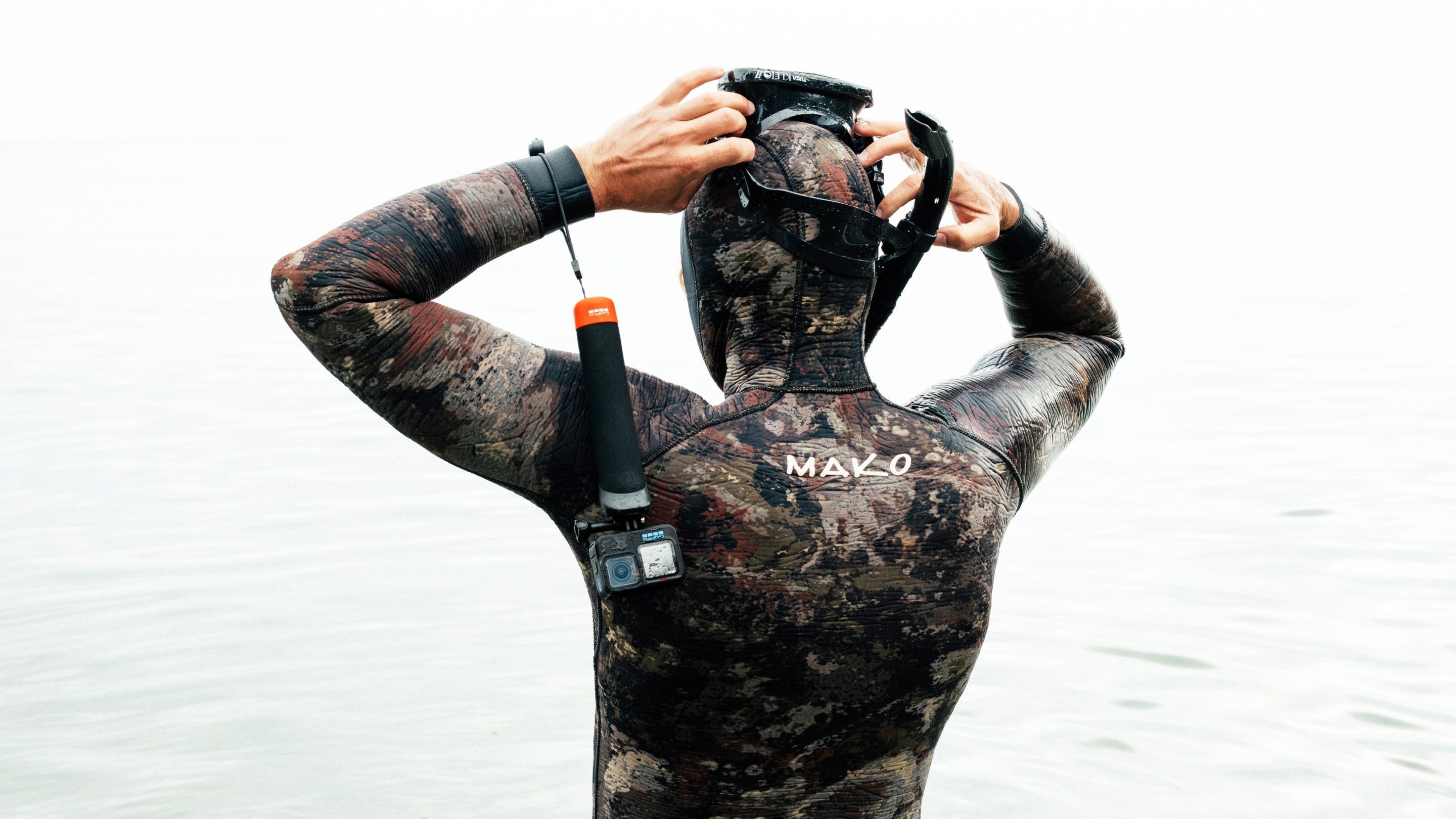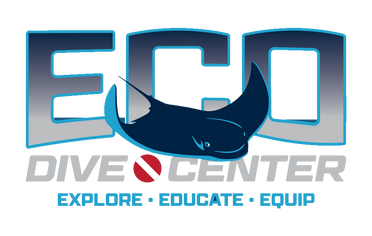A Deep Dive into the Scuba Gear Market: The Economic Ripple Effect
Posted by Dive Pro: Will Taylor on on Jul 25th 2024
The US economy has been experiencing a period of sustained growth, with GDP figures reaching unprecedented heights. This economic prosperity has trickled down to various sectors, including the seemingly niche market of scuba diving equipment. As disposable incomes rise and consumer confidence soars, individuals are increasingly seeking out unique and adventurous experiences. Scuba diving, with its allure of underwater exploration, has emerged as a captivating hobby for many.
The Economic Undercurrent
A robust economy translates to higher disposable incomes, allowing consumers to indulge in discretionary purchases. Scuba diving equipment, once considered a luxury item, is now becoming more accessible to a broader demographic. As job security increases and vacation time expands, individuals have more opportunities to pursue their passions, including underwater adventures. Moreover, a positive economic climate fosters a sense of optimism, encouraging consumers to make significant investments, such as purchasing high-quality scuba gear.

The Gear That's Making Waves
The escalating demand for scuba diving equipment has spurred innovation and growth within the industry. Let's delve into the specific gear driving this trend:
- Buoyancy Control Devices (BCDs): As the cornerstone of every diver's setup, BCDs have undergone a transformative evolution. Modern BCDs are now more ergonomic, featuring streamlined designs and integrated weight systems for enhanced comfort and control. High-performance models, equipped with advanced inflation and deflation mechanisms, cater to experienced divers seeking optimal buoyancy management. Additionally, there's a growing trend towards customization, with options for tailored fit and specific dive conditions.
- Regulators: The regulator, responsible for delivering breathable air, has become increasingly sophisticated. Technological advancements have resulted in improved breathing performance, even in challenging conditions. Diver-adjustable regulators offer personalized comfort, while cold water models ensure reliable operation in frigid environments. Moreover, the integration of electronic components has led to the development of regulators with enhanced safety features, such as air integrated transmitters.
- Dive Computers: These compact devices have evolved from simple depth gauges to advanced computers offering a wealth of information. Modern dive computers provide detailed dive profiles, decompression planning, and tissue loading calculations. High-end models feature full-color displays, multiple gas integration, and wireless connectivity for seamless data management. As divers become more tech-savvy, there's a growing preference for computers with intuitive interfaces and user-friendly features.
- Wetsuits and Dry Suits: The choice of wetsuit or dry suit depends on the diving environment. For temperate waters, wetsuits offer flexibility and comfort. Technological advancements in suit materials have led to improved insulation, stretch, and durability. High-performance wetsuits often incorporate features like sealed seams and water-repellent coatings to enhance thermal protection. In colder conditions, dry suits are essential. These garments have become increasingly comfortable and versatile, with improved seal designs and customizable features.
- Fins: Fins are crucial for propulsion and maneuverability. The market offers a wide range of options to suit different diving styles and preferences. Split fins, known for their efficiency and power, have gained popularity among recreational and technical divers. Full-foot fins provide comfort and warmth, while blade fins offer maximum propulsion. Technological advancements in fin materials, such as carbon fiber, have resulted in lighter, more responsive fins.
Masks and Snorkels: While often overlooked, masks and snorkels play a vital role in the diving experience. Low-volume masks offer improved visibility and reduce equalization efforts. Frameless masks provide a wider field of view and enhanced comfort. Snorkels have also undergone refinements, with designs focusing on efficient breathing and water drainage.
The scuba gear market is increasingly driven by customization and technological advancements. Divers seek equipment that not only performs optimally but also reflects their individual preferences. Modular gear systems allow divers to create personalized setups, while custom fit options ensure maximum comfort and performance.

Challenges and Opportunities
While the scuba diving industry is thriving, it faces challenges such as environmental concerns, accessibility, and safety. However, these challenges also present opportunities for innovation and growth. Sustainable materials, affordable equipment options, and enhanced safety features are areas where the industry can focus its efforts.
The economic prosperity of the United States has undoubtedly contributed to the growth of the scuba diving equipment market. As consumers seek adventure and invest in their passions, the demand for high-quality, innovative gear continues to rise. The scuba diving industry is well-positioned to capitalize on this trend by offering products that cater to the diverse needs and preferences of the modern diver.


